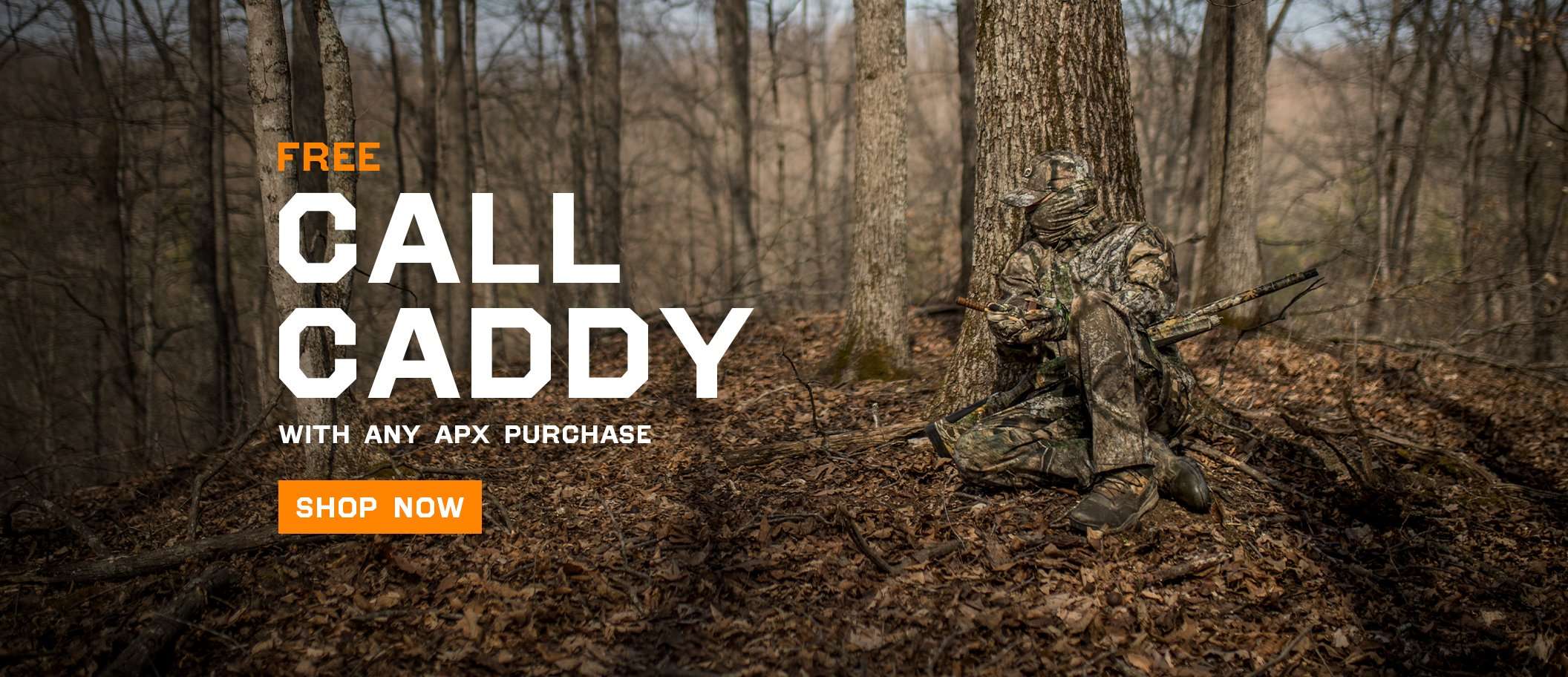The research results might give hunters a better idea where to set up on unfamiliar properties
You get to know a farm like the back of your hand when you turkey hunt it long enough. You know where the longbeards go to strut, where they like to dust, where they feed, and where they fly up each night to roost. Have you ever noticed that one patch, or even certain tree, seems to be preferred night after night and year after year?
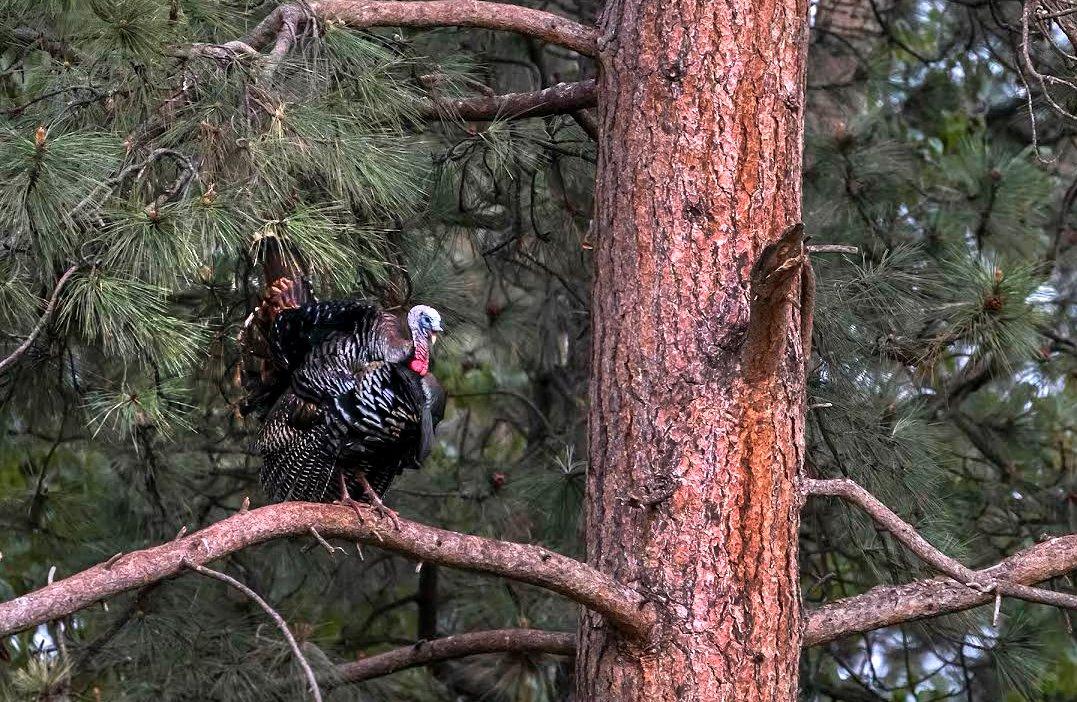
Certain trees seem to be popular roost spots night after night and year after year. Image by John Hafner
A new research study out of Canada sought to find out what makes those spots a favorite. The research was conducted and authored by Elizabeth A. Adey and Jennifer E. Baici from Trent University in Ontario, along with Jeff Bowman at the Ontario Ministry of Natural Resources and Forestry. The study looked at 48 roost spots used by 45 tagged Eastern wild turkeys. The sample consisted of 24 adults, 21 juveniles, and was made up of 22 male birds and 23 females. The study was located along Ontario’s northernmost range of the wild turkey in mostly agricultural areas. Seasonal designations for the roosting locations were labeled as winter, ranging from November 1 to April 30, summer, from May 1 till the end of October, and roosts that were used year round.
After trapping the turkeys and attaching the GPS and VHF transmitters, the team then followed the birds for a total of two years, logging nightly roost locations and returning to those locations during the day to take notes on characteristics for each spot. They had a list of questions they wanted to answer. Did proximity to food or water sources play a role? How about thermoregulation? Did the turkeys seek out thicker conifers during colder or windier periods? How did manmade things like buildings and roads affect roost locations? Was there a particular kind or size of tree that seemed to be chosen more often as a roost location?
Here’s What They Found
Eleven species of tree were used as roost sites on multiple nights, including American beech, American elm, basswood, black ash, black locust, eastern white cedar (21% of the time), large tooth aspen, Norway maple, Manitoba maple, sugar maple (the most frequently used at 29%), and trembling aspen. Another 15 species were used as single night roosts or were used infrequently. Again, when it came to these tree species, maples and evergreens made up the bulk of the trees used.
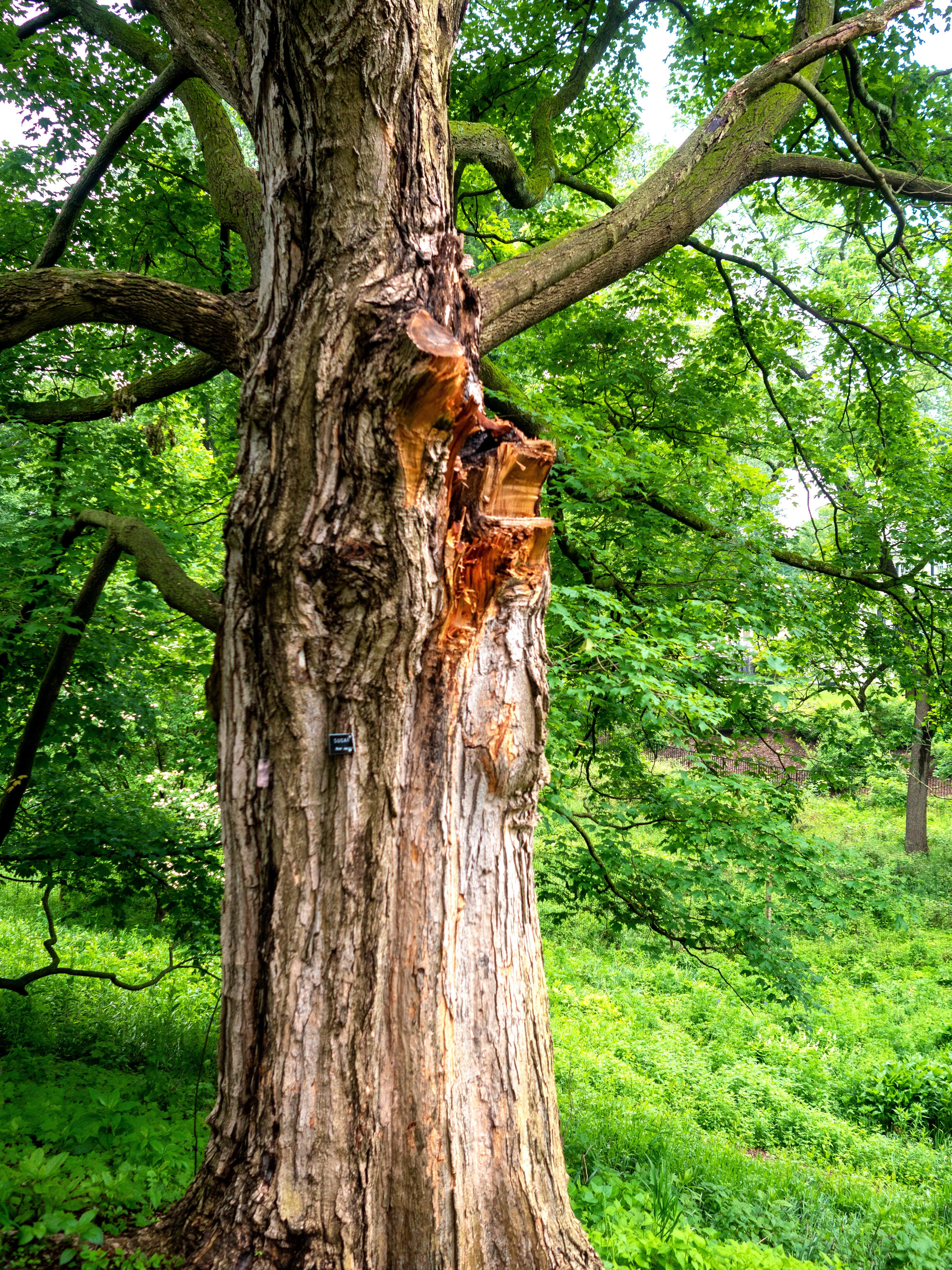
Large maples were one of the most commonly chosen roost trees in the study. Image by Michusa
The study also found that thermodynamics didn’t seem to play a great role in the type of tree chosen as a roost. An interesting note was that the measured temperature of roost locations in both coniferous and deciduous trees was slightly warmer than the ambient temperature surrounding the roosts. The researchers also found that there were some microclimate differences between types of trees, but the pattern was not what the researchers expected. Summer temperatures were warmer in a deciduous tree than either a coniferous tree or surrounding ambient temperature. While temperature didn’t seem to play a large role in roost location, the study did find that the turkeys seemed to favor the coniferous sites during high winds, likely because of the shelter they provided.
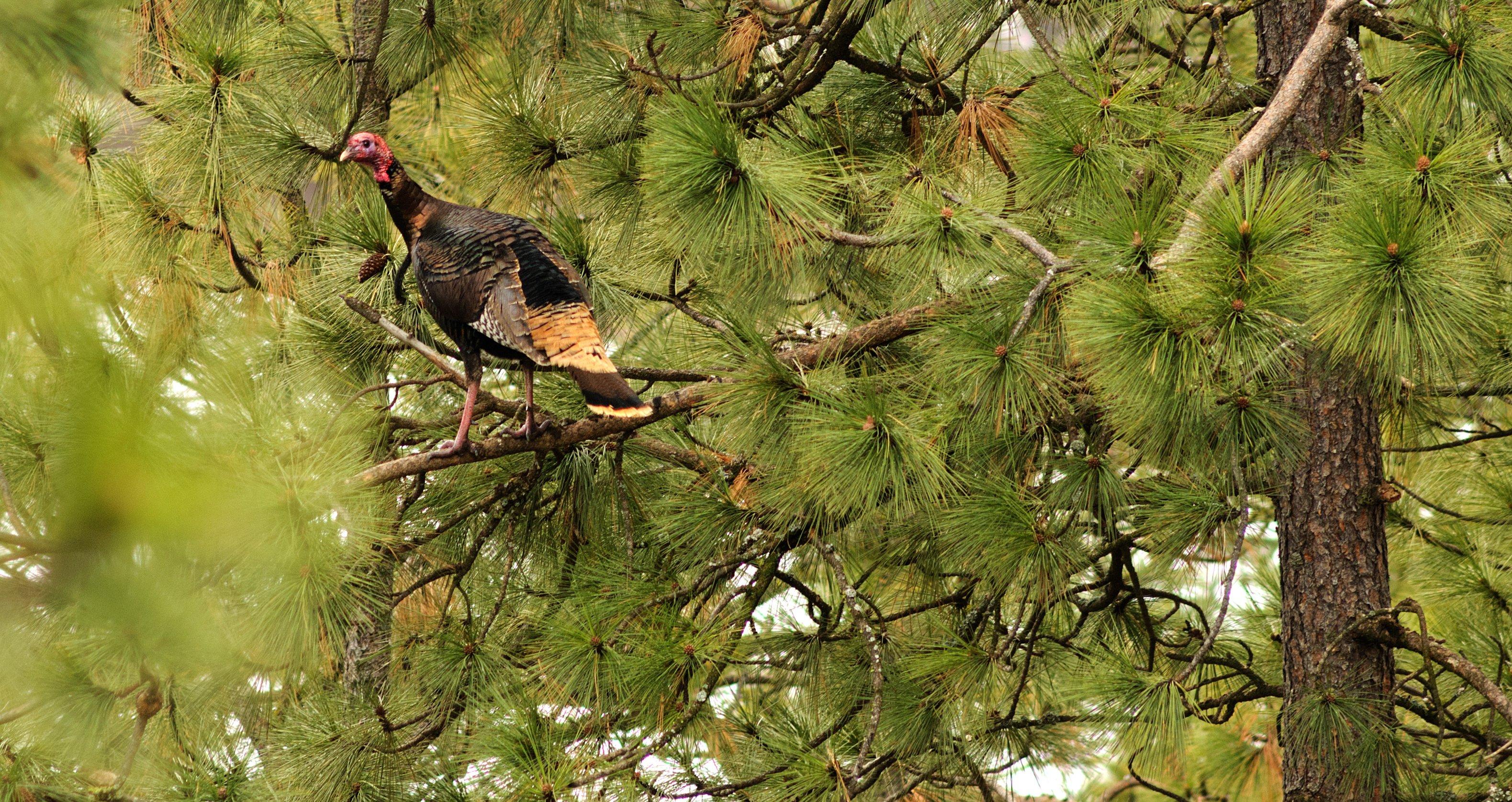
While temperature didn’t seem to affect roost tree choice, protection from wind seemed to favor evergreens. Image by Jeffery B. Banke
The takeaway, if you have large maples or cedars on the farm you are scouting, check under them for droppings or feathers that might signal a roost area. They were a resounding favorite among the sampled turkeys.
But what if you hunt the southern or western states where many of these trees don’t grow? Ask yourself, what it is that appeals to the turkeys about these trees? The maples are likely some of the largest trees in the study area. They also have limbs that start well off the ground. The evergreens provide coverage from wind and weather. Chances are good that there are tree species in your area that fit those descriptions. For scouting purposes, one of the main lessons is that wild turkey roosts in the study were predominantly influenced by tree characteristics, and not by site characteristics.
Turkeys roosted in taller trees with larger diameters than nearby non-roost trees. Trees with lower limbs that were higher off the ground were more frequently chosen as well.
Don’t Miss: BACON WRAPPED STUFFED WILD TURKEY BOMBS
The researchers hypothesized that the height and shape findings suggest that reducing predation risk may be the most important benefit of roosts for wild turkeys in the study area. Large trees may also be important to accommodate large flocks of roosting birds. The researchers found that flock hierarchies played a role in perch locations within a roost, with more dominant birds roosting higher in the tree, and that perches close to the ground were lower quality due to increased predation risk. If you sneak in close one morning and can see the roosted birds, keep your eyes on the highest turkeys, as they are most likely the more dominant adults in the flock.
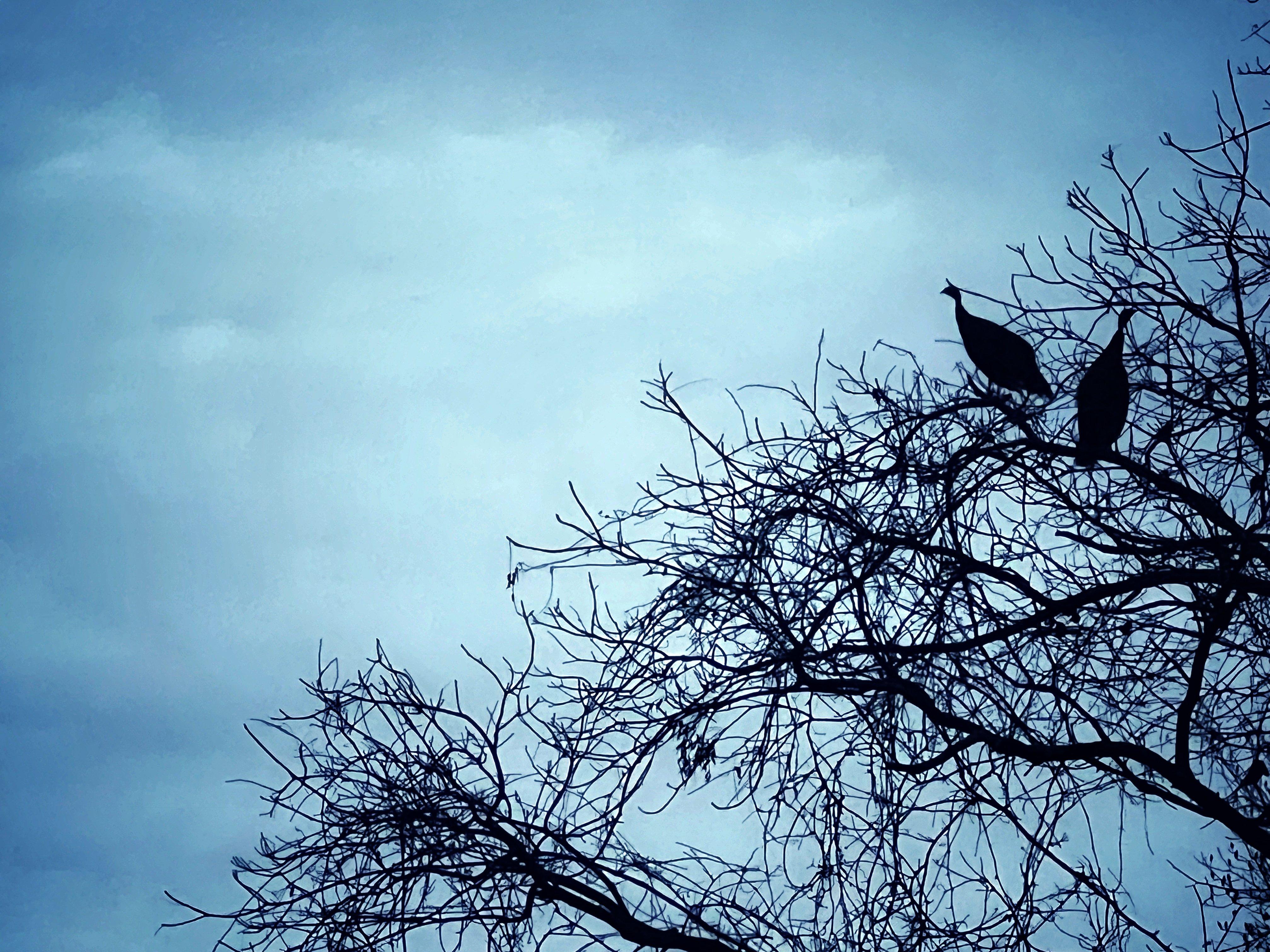
The research found that flock hierarchy played a role in roost locations with more dominant birds roosting higher in the tree. Image by Bill Konway
The research found that distances between roost trees and buildings, roads, and crops differed among seasons. Roosts were, on average, more than 100 meters closer to buildings in the winter compared to roosts used year-round or roosts used in the summer. Winter roosts were farther away from crops compared to year-round roosts. Summer roosts were closer to roads than the roosts in the winter and the roosts used year-round. There was no difference between roosts in the winter and the roosts used year-round in road proximity. Roost sites in the study tended to be closer to water than to food sources.
The takeaway for scouting your hunting property? Don’t worry about a road or building causing birds to shy away when scouting for roost locations. And don’t necessarily key in on crops as a draw for roosting birds.
***Don’t Miss: *10 OLD-SCHOOL TURKEY HUNTING TIPS
How does this study help a hunter scouting for roost locations on a new property? Key in on the largest, tallest trees in the area first. Look for trees that don’t have low hanging limbs. Once you find a likely roost location, remember it. The study found that more than half of the roost locations were used repeatedly throughout the year. If you are a land manager seeking to grow and hold more turkeys on your property, the study reveals just how important it is to manage your timber so that turkeys have access to trees that fit these descriptions for roost locations on your land.



